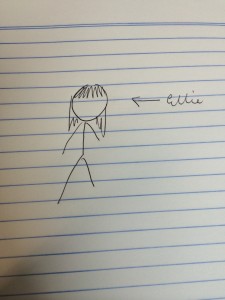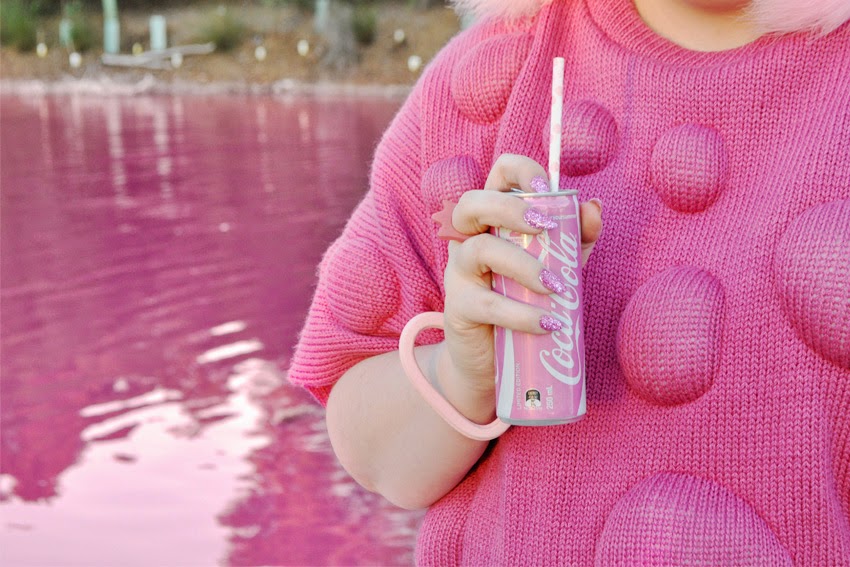My submitted reflection was included with my video but after seeing other self-portraits and the comments I received in workshop I wanted to write a little more.
What worked?
I really liked my videos, even though the quality was low. I’d really like to reuse them somehow (and definitely retake them on a better camera). I was surprised to hear that my photos were my strongest element since I wasn’t particularly happy with the way that section came out. I think my problem with it was the way it worked into the overall piece but it did feel a bit forced. Still, if it’s something that works I need to take that on board. My own, hidden intentions and feelings don’t really matter if the audience perceives them differently.
What didn’t?
All the talking! I think in my move away from my abstract first project brief I went too far in the other direction. Narrowing in on one element of my personality and then narrating it didn’t give nearly the scope I saw in other projects. Obviously I don’t want to imitate what they did or take a broader approach because it was the more popular thing to do, but seeing how much they achieved in a minute made me reconsider if such an intense focus was a good idea. I think I could have shown a lot more about myself if I’d taken a different approach.
Thoughts on editing
I have so far to go! Although I was pleased to see I’d picked up a few techniques by accident, like sound bridges. I think I’ll focus on my transitions in particular for project brief no. 3 and make them smoother, better timed and varied.









